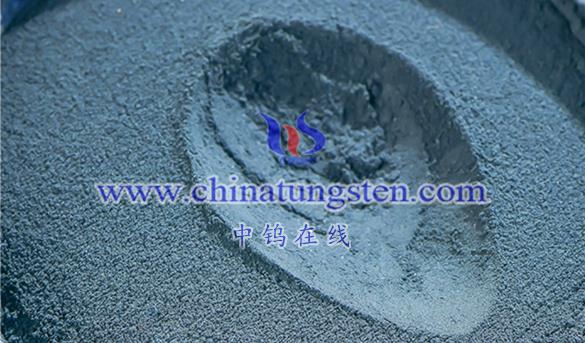
Tungsten (W), as a transition metal, can form various types of chemical bonds in chemical reactions, depending on its valence and the elements it reacts with. Below is a detailed analysis of the chemical bonds that tungsten may form, including the role and importance of each bond:
- Metallic Bond
- Connection Information: In tungsten metal, atoms are closely bonded through metallic bonds. These bonds are formed by free electrons flowing through the metal lattice, giving the metal its unique properties such as electrical conductivity, thermal conductivity, and ductility.
- Role and Importance: The metallic bond is a characteristic bonding method of metal elements, determining the physical and chemical properties of metals. In tungsten, the strength of the metallic bond makes it a metal with a high melting point and hardness, suitable for high-temperature, high-pressure, and corrosion-resistant environments.
- Ionic Bond
- Connection Information: When tungsten reacts with non-metallic elements such as oxygen, fluorine, chlorine, etc., the tungsten atom tends to lose electrons to become a cation (e.g., W6+), while the non-metal elements gain electrons to become anions (e.g., O2-, F-, Cl-). These ions are bonded by electrostatic attraction, forming ionic bonds.
- Role and Importance: Ionic bonds are a common bonding method in tungsten compounds. They allow tungsten to form stable compounds with other elements, such as tungsten trioxide (WO₃), tungsten hexafluoride (WF₆), etc. These compounds are widely used in chemistry, materials science, catalysis, and other fields.
- Covalent Bond
- Connection Information: Although tungsten primarily forms ionic bonds, in some special cases, it can also form covalent bonds with other elements such as carbon or silicon. A covalent bond is formed by the sharing of electron pairs between atoms.
- Role and Importance: Covalent bonds play an important role in some tungsten compounds, especially in tungsten carbide (WC) and other hard alloys. The covalent bonds in tungsten carbide provide the compound with extremely high hardness and wear resistance, making it an important material in cutting tools, wear-resistant components, and other fields.
- Mixed Bond
- Connection Information: In some complex compounds, tungsten may form a mixture of ionic and covalent bonds. The presence of such mixed bonds gives the compound unique physical and chemical properties.
- Role and Importance: Mixed bonds allow tungsten compounds to possess multiple advantages, such as high hardness, high wear resistance, and good electrical conductivity. These properties make tungsten compounds widely applicable in various fields.
Tungsten can form metallic, ionic, covalent, and mixed bonds. Each bonding method has its unique role and importance, collectively determining the physical and chemical properties of tungsten and its compounds.
More details of tungsten oxide product, please visit website: tungsten-oxide.com
Please contact CHINATUNGSTEN for inquiry and order of tungsten oxide:
Email: sales@chinatungsten.com
Tel.: 86 592 5129595
















